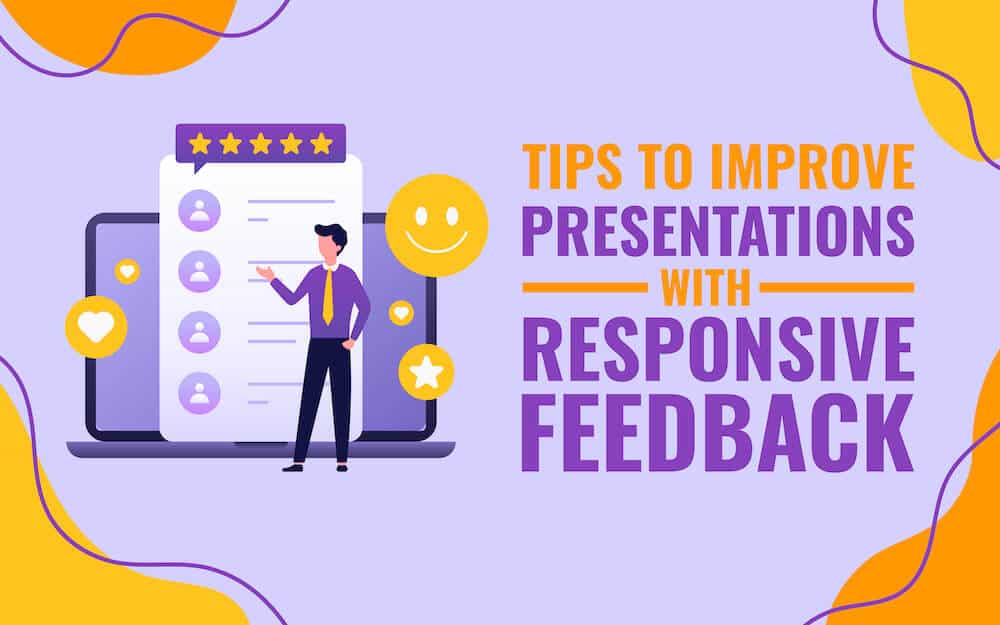
You’re on the lecture circuit and at each location, your sponsors are determined that you will bring their message to as many people as possible. You’re okay with that; this is how you make your living. You start out great first thing in the morning, and you sustain your stamina through the second presentation before lunch.
After lunch you are re-invigorated and things are going well. But there’s that killer 3:30 p.m. presentation, which leaks into the time when if your body had its way you’d be taking a nap. You can feel the energy sapping out of your body and your voice and you know instinctively that you are not delivering the goods the same way you were earlier in the day.
How can you sustain your presentation energy when both your body and mind are tired? How do you make each new audience feel like they are the ones who are special? At the most basic level, how do you end your speech with the same fire with which you started?
Energy is visible to your audience through the tone of your voice and the enthusiasm within it, and your body language.
Bill Rosenthal, who teaches presentation skills to managers, wrote in an article in Forbes magazine Feb. 24, 2010 that generating and maintaining a high level of energy is needed to hold any audience’s attention through the whole presentation.
He suggested speakers tell a dramatic story at the start and keep their energy level up throughout the whole presentation because if you as the speaker are not excited about your idea, your audience will not be either.
It starts with your body movement, he suggested. Approach your presentation location walking strongly and confidently. Speak convincingly, focusing attention on key points by emphasizing them with all of your body (arms, hands, head and facial expressions).
Use your voice to project your energy, varying your pace of delivery and the power of your pitch. Pause dramatically just before key pieces of information.
Compose your presentation using short sentences and powerful words, including active verbs.
When you wait to reawaken your audience’s attention at a crucial part of your presentation, step closer to them. You might even walk right into the audience if it seems appropriate.
Just as you have periods of the day when your biological clock signals your body wants a nap, so do your audience like to nod off on occasion. When you sense the energy level of the room diminishing, do something not expected like ask a question or encourage participants in an exercise.
Ty Boyd, who writes about energy in public speaking, acknowledges that energy is the greatest asset that any public speaker can have. Referring to the scientific definition of energy as “the ability to do work,” he translates this in speaking terms. He encourages speakers to “work” their audience to ponder over items being discussed. People are more energized when they have to engage their brains.
Boyd suggests that there are many colors and degrees of energy and in a presentation that can range from a whisper to a shout. Traditionally, this energy in a speaker was described as “fire in the belly.” The best way to bring it into your modern presentation is to feel passion for what you are saying.
Another way you can infuse fresh energy into your presentation when you feel yourself lagging is to channel your inner voice that says “wake up, wake up.” According to a 2010 study conducted at the University of Toronto, we can exercise genuine self-control by talking to ourselves.
The study, led by Alexa Tullett and published in Acta Psychologica, tested whether telling ourselves to keep going when we are tired and other inner commands actually works. The researchers tested the idea on participants and discovered that people acted more impulsively when they couldn’t use their inner voice or talk themselves through tasks.
When they were not about to verbalize messages to themselves, they did not have the same self-control as when they could talk themselves through a process. In other words, if you can remind yourself to wake up and re-energize three quarters of your way through your presentation, you are more likely to be able to control your tiredness and add the life back to your voice and actions.
Another important strategy is to ensure that you take steps to manage your schedule and sleep to avoid fatigue as a means of succumbing to a loss of energy during your presentations. According to the Health and Safety branch of the United Kingdom Government, fatigue can be managed. Key issues can be long working hours, shifting patterns of work, and sleep disturbances. If your career keeps you travelling and maintaining constantly changing schedules, you have to take steps that will allow you to stay energized on a daily basis and have a good sleep at night.
Maintaining your calm and imagining yourself in the audience are other techniques that keep you moving confidently throughout your presentation. As University of California Professor Michael T. Motley wrote in “Taking the Terror out of Talk” published in Psychology Today, plan how you can express your key points best. Think of yourself as the listener and ensure that the language and words you are hearing can be easily understood.
Speak slowly & easily and speak as close to the way you would normally talk as possible. Remember that by being asked to speak, you are being encouraged and respected. Use that warmth and encouragement to sustain your energy from start to finish.



